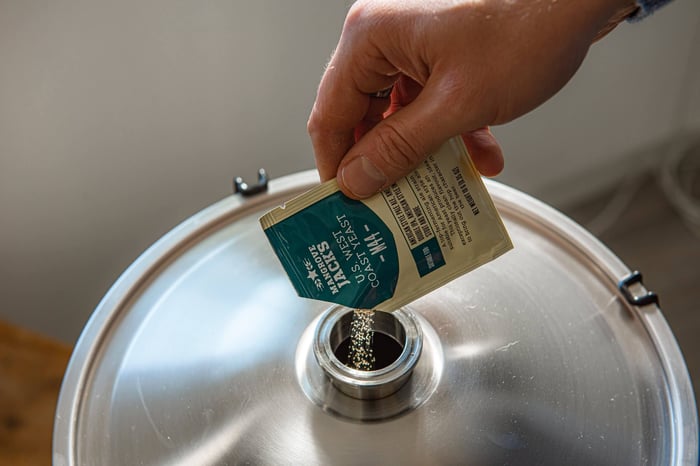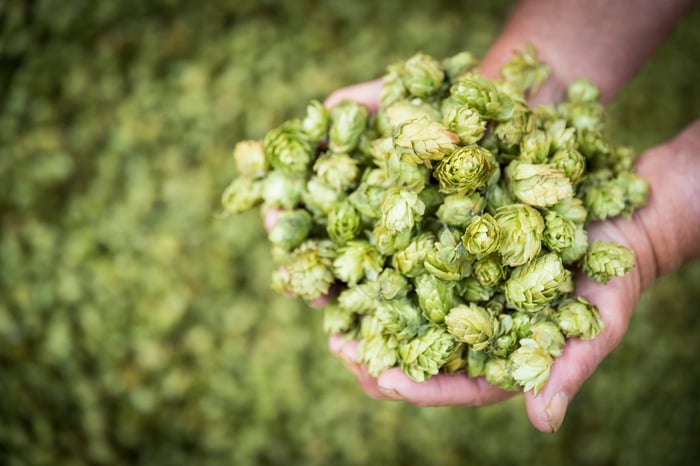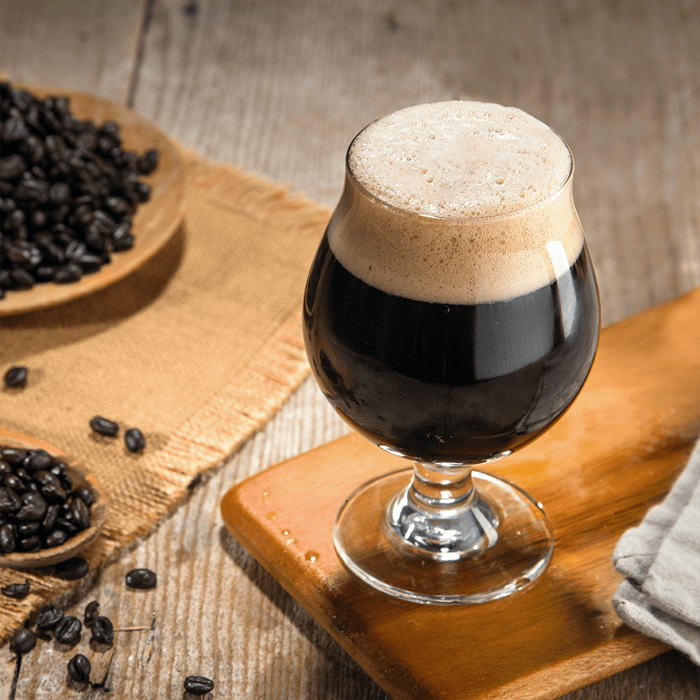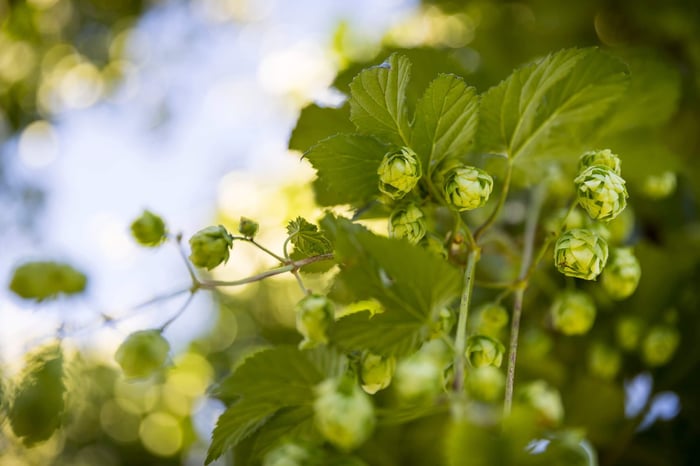Right, let's have a proper chat about something that'll transform your brewing more than any fancy kit or premium ingredients – yeast selection. We've banged on about this before, but it bears repeating: brewers make wort, yeast makes beer. It's a partnership really, and like any good partnership, choosing the right yeast can make all the difference between a decent pint and something truly special.
The Two Sides of the Yeast Coin
Before we dive into the nitty-gritty, let's sort out the basics. You've got two main camps in the yeast world: Saccharomyces cerevisiae (your ale yeasts) and Saccharomyces pastorianus (lager yeasts). Think of it like choosing between a reliable family saloon and a performance car – both will do the job, but they'll get there very differently.
Your ale yeasts are the workhorses of British brewing tradition. Happy working at normal room temperature (18-22°C), they're top-fermenting types that create those lovely fruity notes you'd expect in a proper bitter or IPA. They're also pretty hardy when it comes to alcohol – perfect for those stronger ales that have made British brewing famous.
Lager yeasts are a different breed altogether. These bottom-fermenting perfectionists prefer things a bit chillier (8-15°C) and take their time creating that clean, crisp character that defines a good pilsner. They're thorough workers too, consuming more of the available sugars for that characteristic dry finish.
The Chemistry Behind the Character
Esters: The Fruity Side of Beer
Esters are what give your beer those gorgeous floral and fruity notes. But here's the thing – they're a bit like a good joke. Perfect timing and balance make all the difference, but overdo it and you'll ruin the whole thing.
Several factors influence ester formation during fermentation. Mastering wort oxygenation techniques is absolutely crucial here. The more oxygen you provide at pitching, the fewer esters you'll get in your finished beer. Temperature control is equally important – let your fermentation run too warm and you'll end up with more fruit flavours than you bargained for.
Here's something interesting: higher gravity beers naturally produce more esters. This is why getting those big, boozy barley wines just right requires extra attention to your fermentation conditions. It's all about finding that sweet spot.
Dealing with Carbonyls
Now, carbonyls might sound a bit scientific, but they're actually responsible for some very familiar flavours in beer. There are over 200 different carbonyl compounds that can turn up in your pint, but let's focus on the ones you're most likely to encounter.
Acetaldehyde is probably the most common culprit behind that harsh, green apple flavour that screams "this beer isn't ready yet!" It builds up during yeast growth but typically disappears when the yeast settles into its rhythm. The key is patience – rack your beer off the yeast too early and you'll be stuck with that unpleasant bite.
Then there's diacetyl, which brings butterscotch flavours to the party. A touch might work in certain styles, but too much will make your beer taste like a sweet shop. Proper diacetyl management techniques are essential, especially if you're brewing lagers where even small amounts are usually unwelcome.
Phenolic Flavours: Spice and Everything Nice
Phenolic compounds can be brilliant or disastrous, depending on the style you're brewing. In Belgian beers or traditional wheat beers, those clove and banana notes are part of what makes them special. But in a clean bitter or lager, they're definitely not welcome guests.
Different yeast strains produce varying levels of phenolics. Some German and Belgian strains are specifically selected for higher phenolic production, whilst British strains typically keep these flavours well in check. Your water chemistry plays a part too – high chlorine levels can create those awful medicinal, plaster-like flavours that nobody wants in their beer.
Making the Right Choice
Choosing yeast isn't just about ale versus lager. You need to think about what you want your finished beer to taste like. Brewing a hop-forward pale ale where you want the hops to shine? Go for a clean, neutral ale strain. Creating a Belgian-style ale where yeast character is part of the story? Those specialised Belgian strains are your best bet.
Consider these questions when selecting your yeast:
- Which styles is this strain particularly suited for?
- What level of character will it contribute?
- Can I maintain the proper fermentation temperature?
- Will it handle my target alcohol level?
The beauty of homebrewing is that you can experiment safely. Once you understand the principles, don't be afraid to try something different.
Keep the Conversation Going
We're always keen to hear how fellow brewers are getting on with their yeast experiments. What strains have become your go-to choices? Any surprising discoveries worth sharing? Drop us a line – there's nothing we enjoy more than a good brewing discussion.
Ready to perfect your fermentation game? Visit Grainfather UK store for everything you need to take your brewing to the next level.
Grainfather Team










